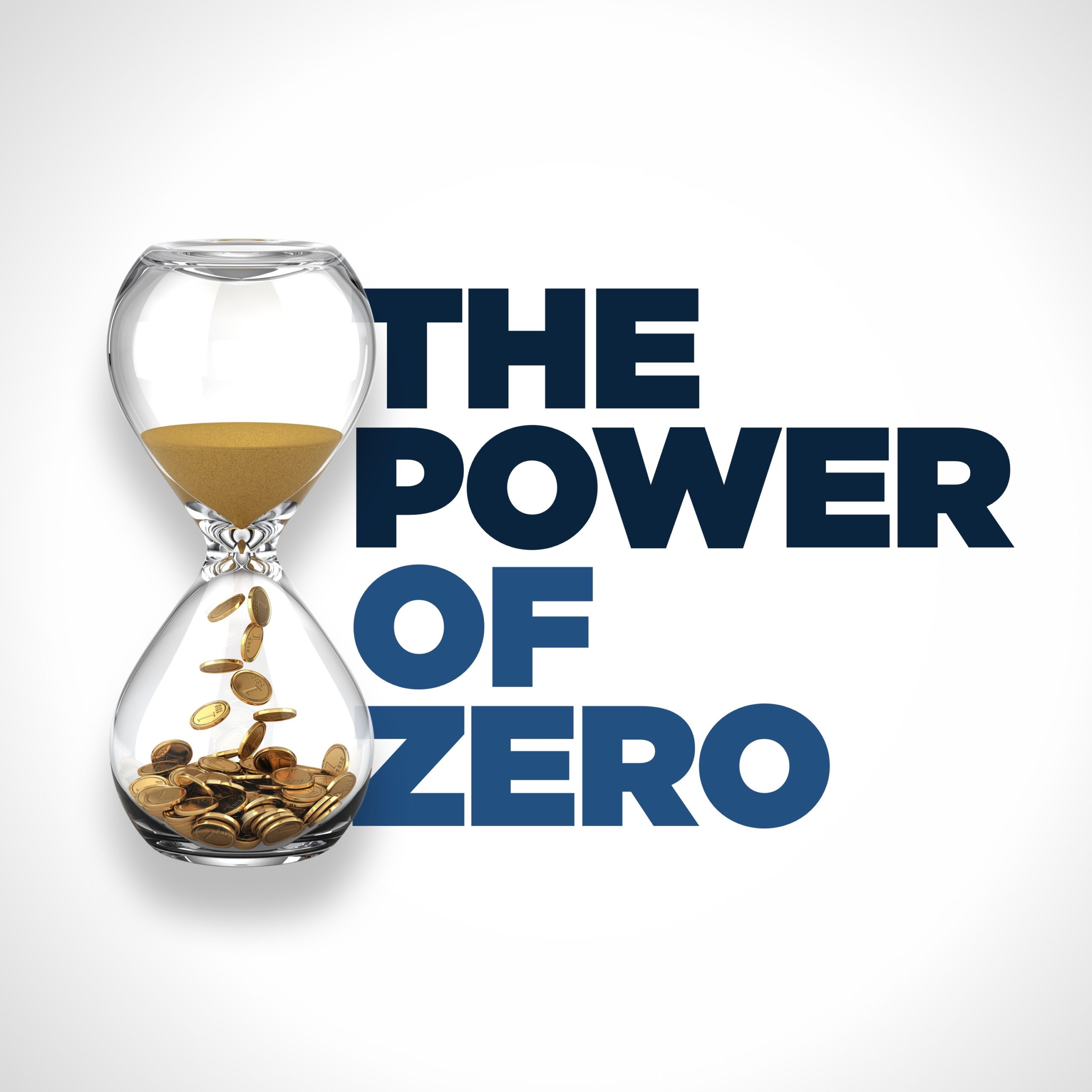David’s first appearance on the podcast was one of the most downloaded episodes.
Back in 2014, David wrote the Power of Zero book and since then the national debt has grown considerably. We are now at $28 trillion in debt and the primary problem is that much debt is only affordable as long as interest rates stay historically low.
At some point in the near future, the US will no longer be able to borrow money at the current rate and this will result in the cost of servicing the national debt will grow and consume more and more of the national budget. Many experts are saying that tax rates will have to raise dramatically or the US will go broke as a country.
Everybody has been saving the lion’s share of their money in tax-deferred accounts. In doing so they are entering into a partnership with the IRS where the IRS gets to vote on what percentage of your profits you get to keep. The best way to insulate yourself from higher taxes is to get into the zero percent tax bracket.
Taxes are evolving at a rapid pace. We have to approach retirement with a sense of flexibility and be nimble enough to make changes to the strategy.
Joe Biden’s tax plans are going to have major repercussions for every American, whether that is now or eight years from now. David’s belief is that Joe Biden is going to extend the tax cuts under budget reconciliation for another 8 years and if that happens the government is going to have to crank taxes up to make up for lost time.
Everyday Americans need to take advantage of the current historically low tax rates, stretch out their tax obligations out over the next few years, and position as much of their money to tax-free.
Historically, the highest marginal tax brackets are bellwethers for all other marginal tax rates.
Maya MacGuinneas did a study that showed that the government would have to raise taxes on everyone making above $40,000 to 40% just to prevent the debt from growing each year.
Even though Joe Biden has made the promise that he’s not going to raise taxes on the middle class, mathematically it’s just not tenable. If he refuses to broaden the tax base sooner rather than later, the fix on the back end is going to be much more aggressive.
Raising taxes can be a catch-22, where it stifles economic growth and lowers revenue in the end. The reality is that there are not a lot of good choices to fix the situation, but the later we wait the harder the choices are going to become.
Harvard Business School did a study to discover at what point do people feel comfortable with the amount of money they have saved and whether they will run out of money. Nearly everyone said they were worried. Ultimately, the study asked the question “do you need to have $15 million in your investment portfolio to feel like you won’t ever run out of money before you die, or is there another way to mitigate longevity risk?”
People’s greatest fear in retirement is running out of money before they die. In today’s financial planning world, not a lot of people can mitigate tax-rate risk and longevity risk within the same financial plan.
If you have a stream of guaranteed income from social security, an annuity, or a company pension can be the difference between being comfortable in retirement and not worried about running out of money and the fear that your money won’t last.
Saving more money doesn’t solve your longevity risk. It’s not about your assets in retirement, it’s about your income.
The people that have guaranteed streams of income are happier in retirement and they generally live longer lives than people that don’t.
Even high net worth people can benefit from guaranteed streams of income because it gives you permission to take much more risk in your stock market portfolio. Even if they don’t need the income, they can take it and reinvest it.
Sequence of return risk references the order of which you experience returns in your stock market portfolio. If you have a sequence of negative returns early on in your retirement, it can send your portfolio into a death spiral from which it never recovers. Sequence of return risk can be devastating.
The 4% Rule used to be the prevailing wisdom for people taking money out of their stock market portfolio. As recently as 2010, those projections are outdated and the 3% Rule has become the norm. The problem with this approach is that it is extremely expensive.
Having an annuity is your tax-deferred bucket, which 97% of people do, you are exposing yourself to tax-rate risk as well as social security taxation risk. Using a piecemeal internal Roth conversion to convert it tax-free insulates you from rising taxes. The problem comes from not being able to do that Roth conversion all at once and you need another solution for the first five to seven years of retirement. This is where a time-segmented approach can come in.









